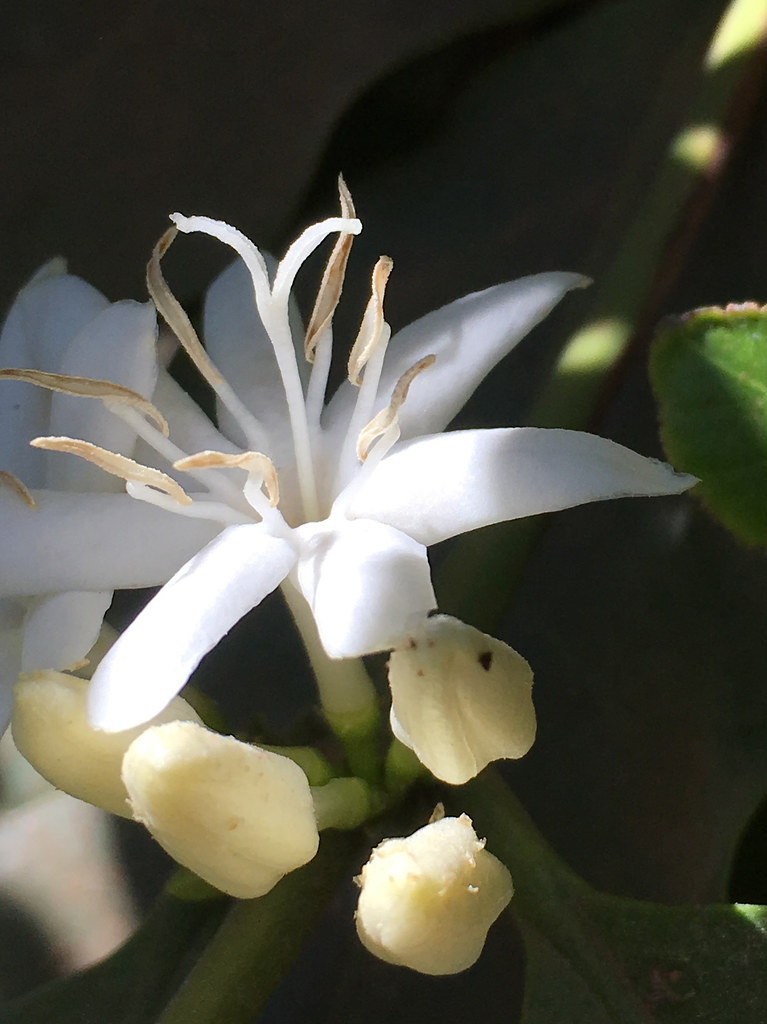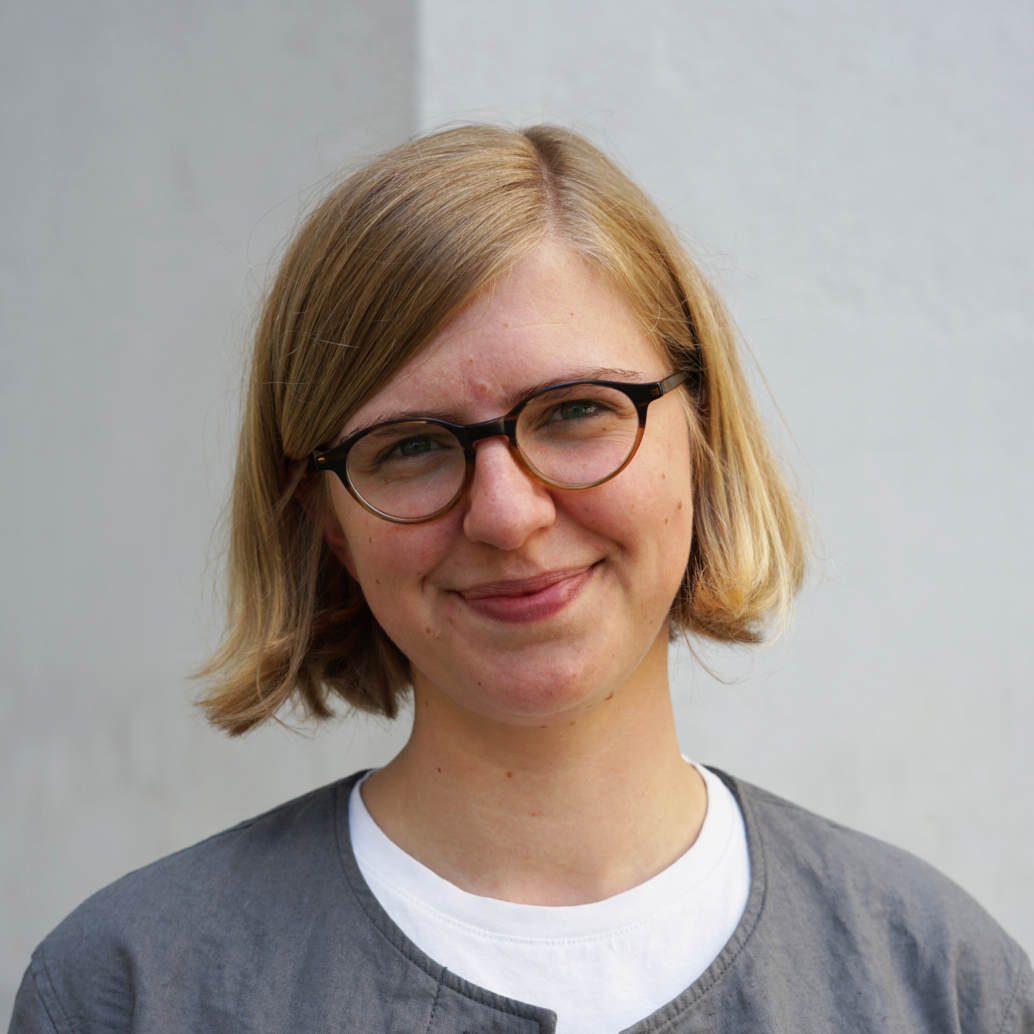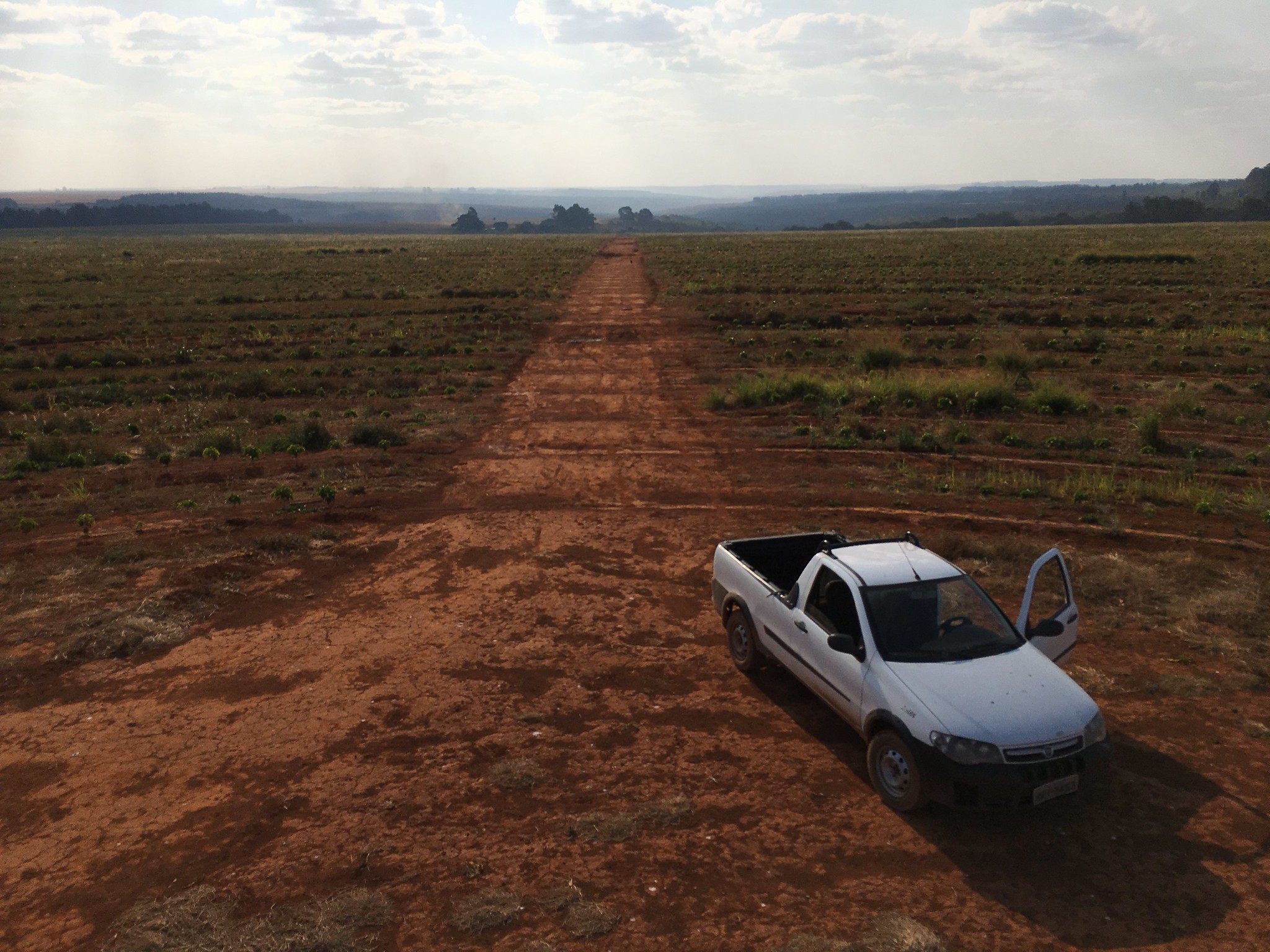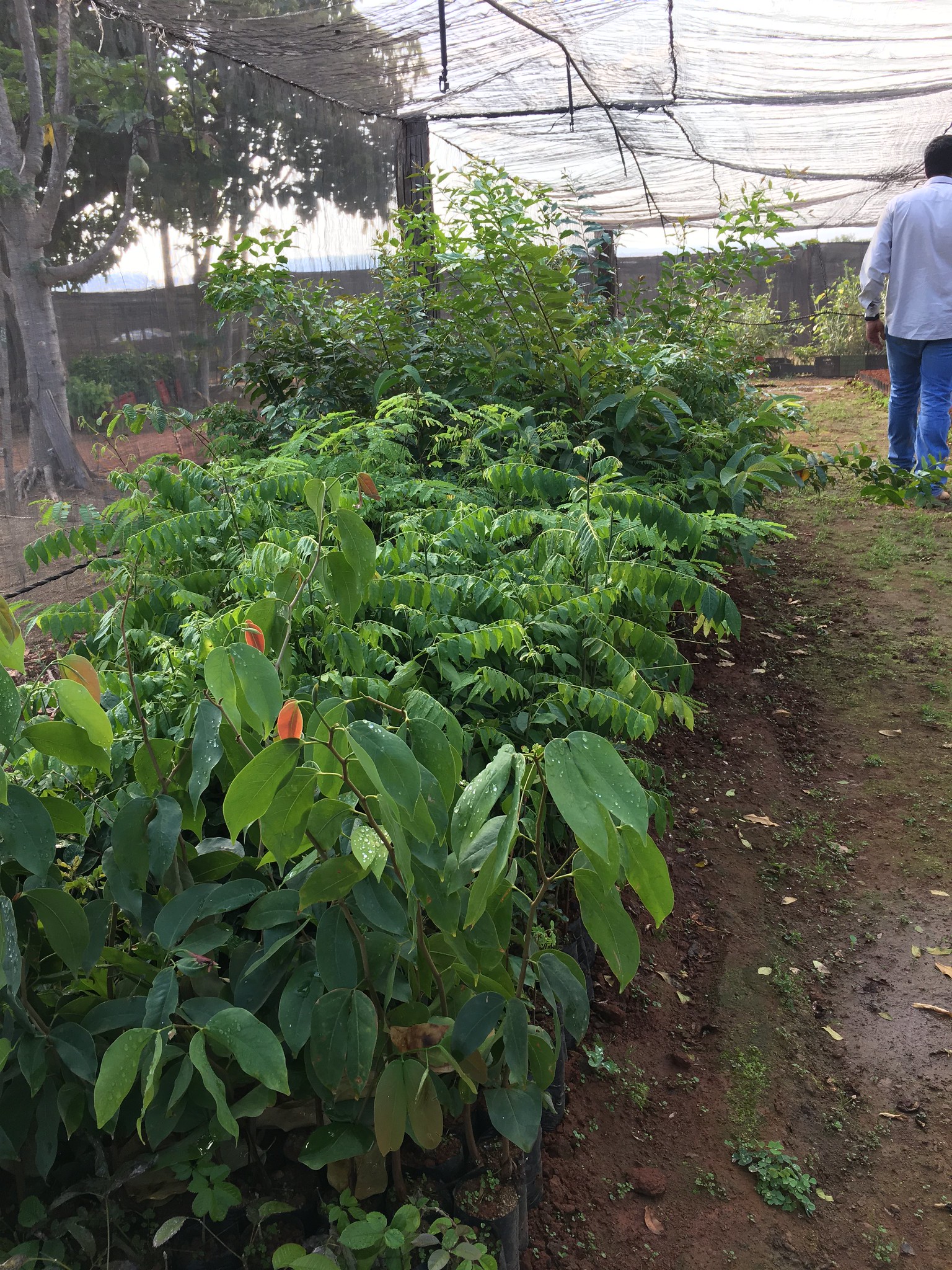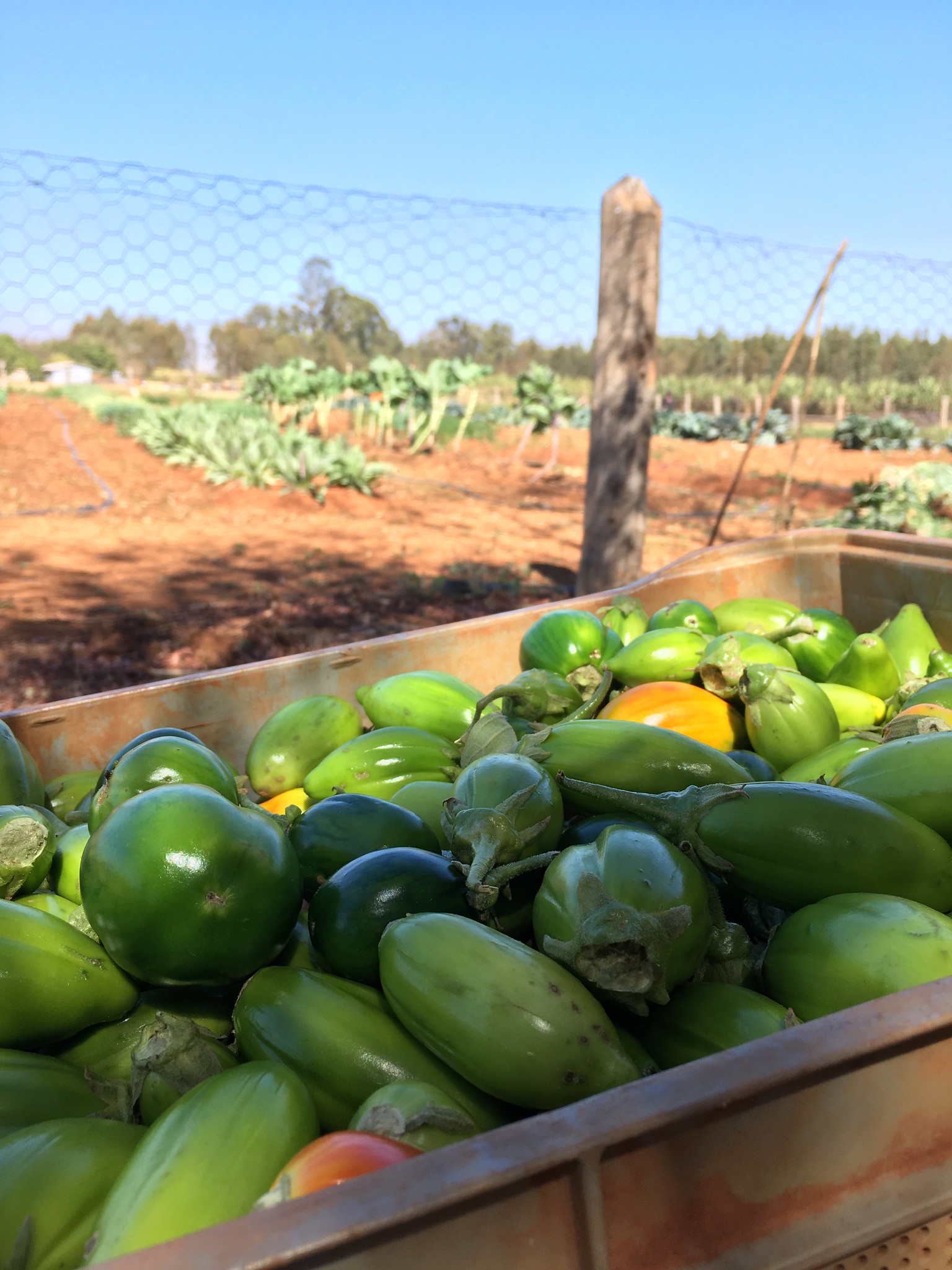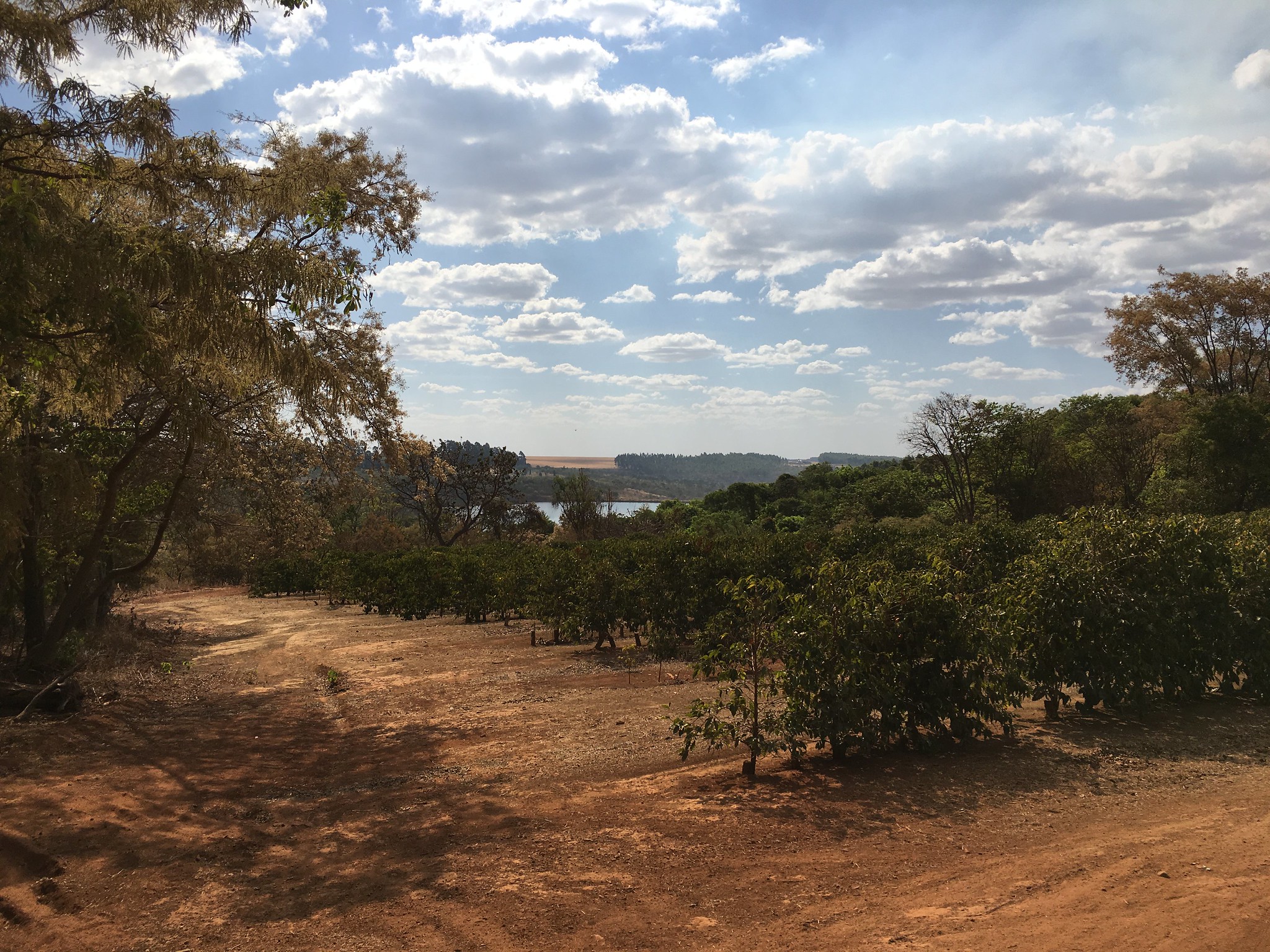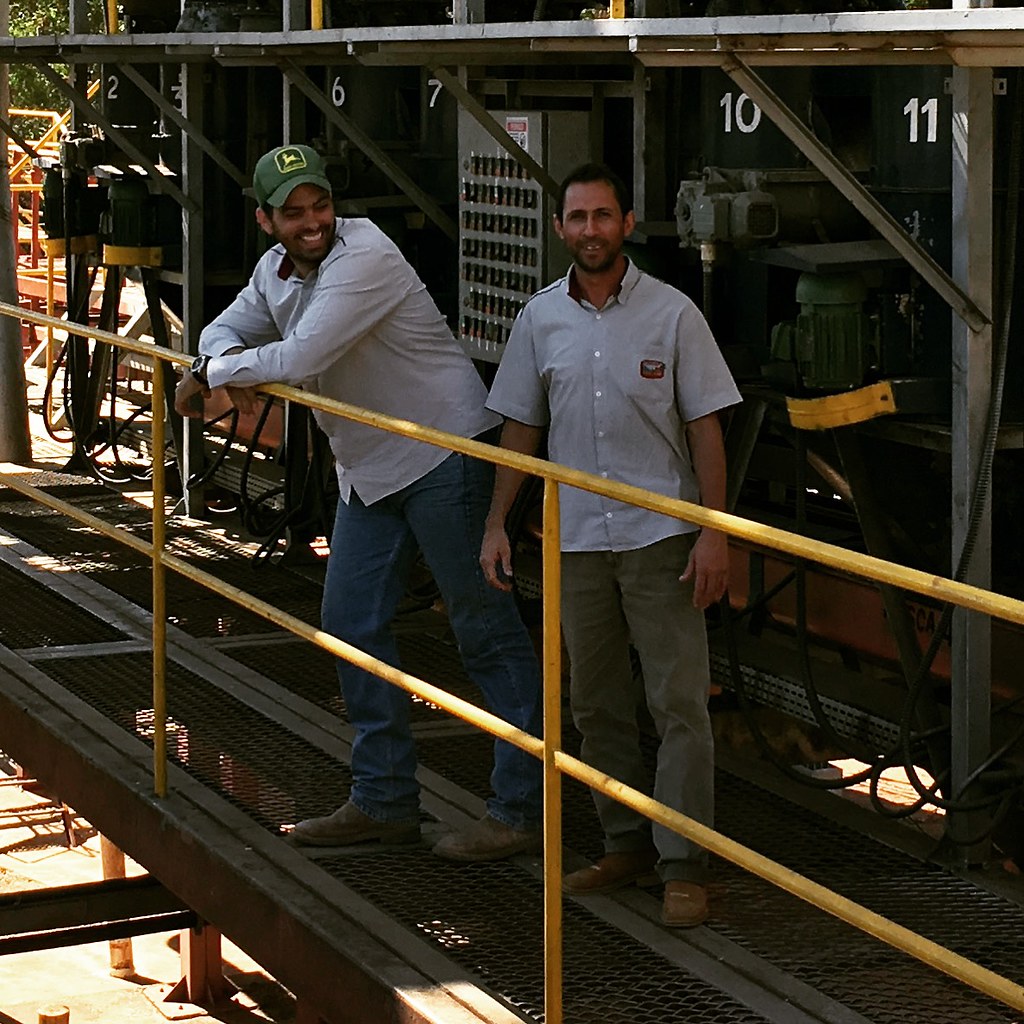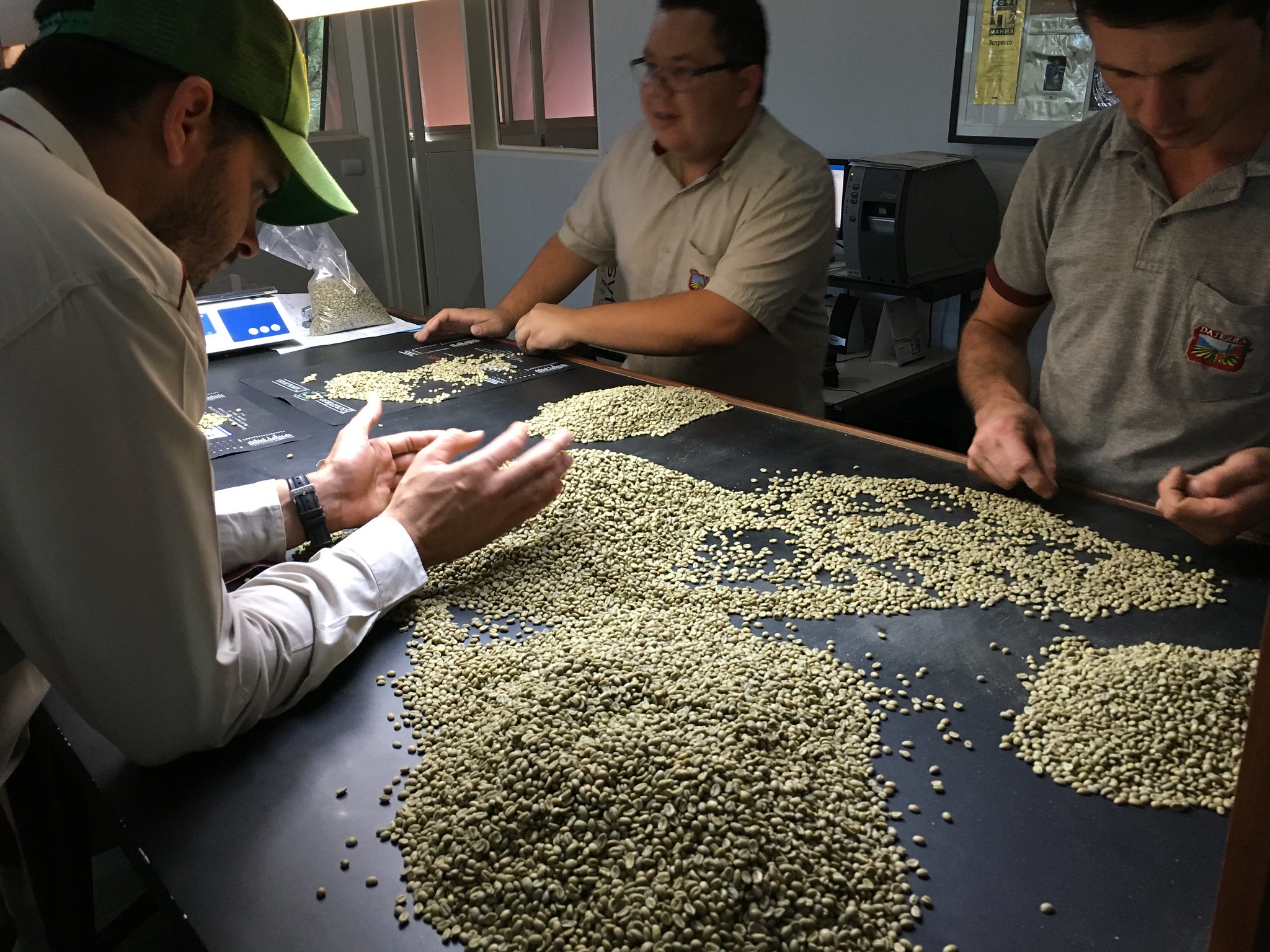It is the 10th year The Coffee Collective pays a visit to Daterra in Brazil. Every year there are so many things evolving around the farm.
The other thing always impressing is the amount of knowledge already present and still expanding. There is a curiosity among these people that is breathtaking.
Coming in by plane to Uberlandia there is a ride by car that takes 2-3 hours depending on traffic.
We head straight for the canteen to catch up and enjoy the outstanding lunch prepared by Nadir and her crew. It´s not just a meal, it´s a warm welcome with all the good things Minas Gerais can offer. The region is famous for being the culinary heart of Brazil. But even for Minas standards it is beyond what you can expect. I choose to highlight this more than might seem relevant, because it has so much to do with the general attitude at Daterra. The philosophy has always been to invest in peoples well-being and you can feel it is paying back. There is no doubt that the kitchen crew is giving all their passion to give their colleagues at moment of pure joy for food.
Sitting opposite of me eating, is Joao, leading the work of development and research. We have been communicating since the last harvest on different subjects. It is nice to sit down and talk directly. We go through all the things we need to see together and also make some time for discussing new projects. Cupping is of course also something that will take a lot of our time.
We head to the car and steer out in the lands. Our first stop is the new field that was bought earlier this year. It was ca 90 hectares that was squeezed in-between the 2 different farms that makes up Fazenda Daterra. So in order to go from one farm to the other, you had driven through the neighbor’s field. The neighbor decided to sell and Daterra was very grateful for this opportunity and very quickly made a plan. The new area was to be solely dedicated to soil microbiology research.
Many different aspects of the soil will be tried out. The interaction of coffee trees, nutrients, shrubs, nitrogen fixating plants and many other factors will be tried out here. The project is called Bioterra.
Going further into the farm we talked about the weather.
The region is known to be very dry, and this year is drier than most. it hasn´t rained since April and even the volume of the last rain was much less than they hoped for. For a while in April they were concerned about both the quality and quantity of the cherries. Fortunately, the maturation was actually very good and this year´s harvest seems to be one of the better. There has also been a lot less “Broca” (Borer Beatle), which in turn also gives less broken beans.
Next stop was the nursery. Joao showed some new varieties they have big hopes for, but there are also many of the old varieties that have a have a proven good track record since the 50´s.
Beside the nursery is now a new nursery for native plants of the Cerrado. Surrounding the cultivated areas is a big Preservation Area which is intended never to be used for growing coffee. It is not just a good idea for the diversification of the region and the farm- it is also a stunning arid landscape with sturdy grass, shrubs and trees.
So the nursery is intended to provide native plants also for the areas in-between the cultivated ones. A remarkable collection.
We finished the day by going back to the lab and have a coffee.
The following day we started by driving by the new vegetable garden.
Since some months the garden is producing vegetables for the canteen, which serves mainly lunch, but at harvest time (more intense and more people) there can also be dinner and breakfast.
Vegetables were always a very important part of the dishes served, but before it was all bought from outside the farm. Now they have the possibility to get everything fresh and also serve vegetables that were not as easy to find.
Everyone who has tasted homegrown tomatoes knows what I experienced when I tried this year’s harvest.
I was also amazed by the size of especially the broccoli and the cauliflower.
We went on to see the flowering on the coffee trees. At this period, there are a very few trees flowering, but the majority will unfold in a week or two. What will spark the flowering is the next rainfall. It doesn´t have to be a long enduring rain, but just a few drops on each leaf is enough for the area to explode in white flowers and fragrance.
The test field has expanded since last year. Here they try out how different varieties react to different conditions- nutrients, fertilization, irrigation. It is a fantastic opportunity to for example try varieties that on the paper might not be so productive or have good resistance to diseases. Or even if something has proved to work on other farms, it might not work as well at Daterra.
This way you can test something at conditions that are similar to full scale without risking the failure at planting a whole field.
It was now time to cup some microlots. This also aligned with Daterra´s focus on delivering big volumes, but experimenting in the small. These were all samples that had a very different taste profile from everything else in the farm. This year many of the lots had been varied in means of drying and fermentation methods. To do small lots like these used to take some resources on the farms processing equipment and personnel.
A lot that is just a couple of bags becomes very time-consuming when it is done parallel to a lot that will fill several containers. If the equipment is made for large portions, it also takes a lot of extra work to make sure you get the desired result with a smaller lot. And all micro lots in total make up less than 1% of the farms production.
Since Daterra still thinks micro lots and experiments are essential for the future, they just needed to make the process a bit more tailored for these projects. The solution was to build a separate small washing station some years ago and this year to complete with a fully equipped Drymill. They are now capable of running very small lots, monitor very promptly, have a better overview, use less people. And not disturb the process of the much bigger lots.
A last example of how preciously our colleagues treat their coffee, appeared when we walked in to Renato’s office and cupping room. Renato is in charge of Qualitycontrol. There were 3 persons hand sorting disregarded beans of a processed micro lot.
“Because there were still some really good beans the machines left out”.
Thank you for that and wonderful visit.
Would you like to get our different coffees delivered directly to your doorstep? We've got you covered.
Address
Coffee Collective
Godthåbsvej 34B
2000 Frederiksberg
CVR: 30706595
Contact
mail@coffeecollective.dk
+45 60 15 15 25 (09.00-15.00)
Coffee and cookies
This site uses cookies.
Find out more on how we use cookies.
